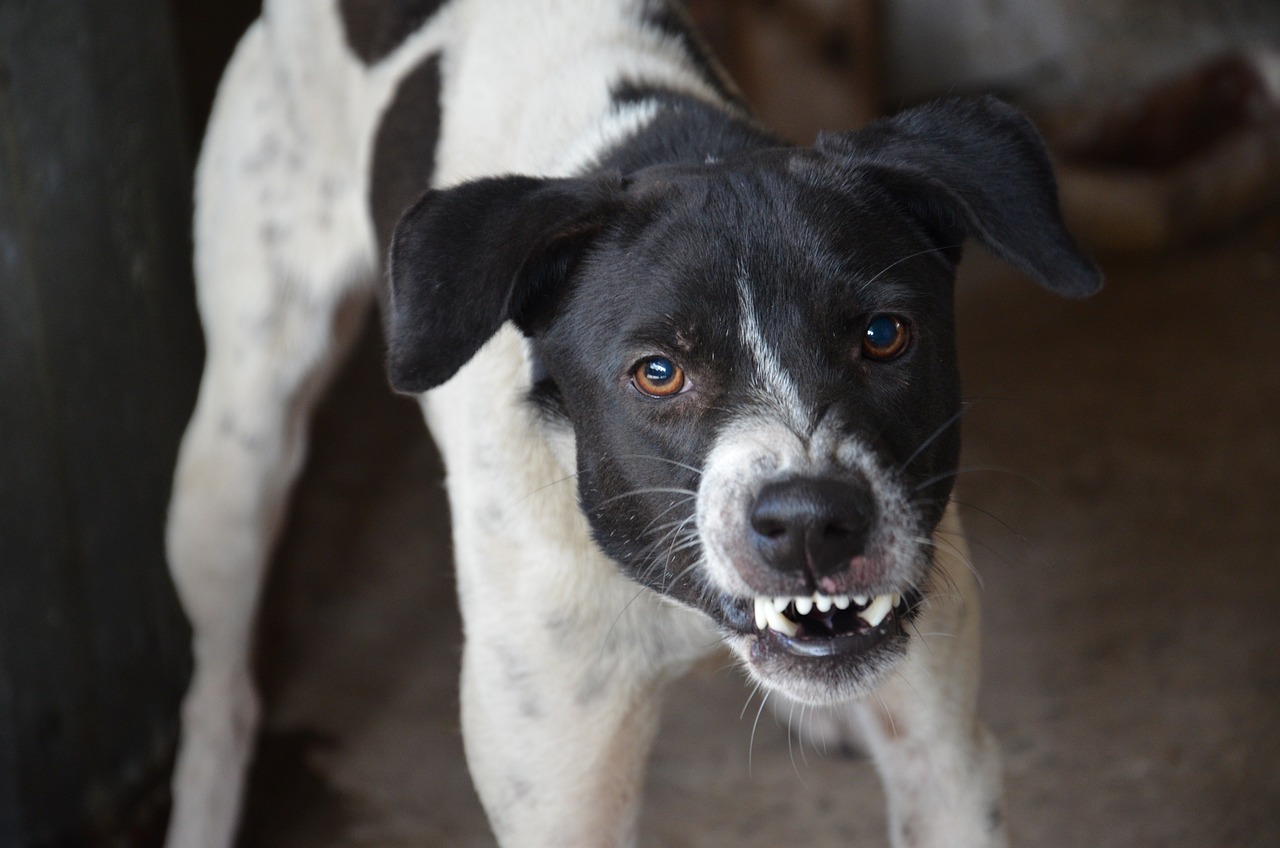Jealousy in dogs is a phenomenon that, despite being anthropomorphic, can be very similar to human emotional reactions. This complex behavior often begins when a dog feels that another person or pet is threatening their social standing or the attention they receive from their owner. Understanding the signs of jealousy in dogs is important for maintaining a harmonious household and ensuring that all pets and family members feel valued and secure. Recognizing these behaviors can also prevent potential issues related to resource protection or aggression. This article will highlight five key signs that your dog is experiencing jealousy, provide insight into their emotional world, and offer strategies for addressing and reducing these feelings.
1. Aggressive posture
Aggressive posture towards a person or animal they consider a rival is a clear sign of jealousy in dogs. This may include growling, baring teeth or even snapping when they feel their position in the family hierarchy is threatened. Such behavior is a dog’s way of asserting dominance or claiming territory, often directed toward a new pet or guest seeking the owner’s attention. Owners should recognize these actions as expressions of insecurity and address them through appropriate training and reassurance.
2. Pushy behavior
Jealous dogs often display pushy behavior, such as pushing their way into a place where their owner is paying attention to someone else. They may physically place themselves between their owner and the object of their jealousy or insistently push their head or body into the owner’s lap. This behavior draws the owner’s attention back to themselves, indicating their discomfort with shared affection.
3. Attracting too much attention
A dog that suddenly clings or demands more attention than usual may be showing signs of jealousy. This may manifest as crying, barking, or engaging in behaviors that they know will elicit a reaction from their owner, such as pawing or performing tricks without asking. These actions are motivated by the dog’s desire to be the sole center of its owner’s affection, often triggered by the introduction of a new pet or a change in household dynamics.
4. Unnatural marking
Jealousy can sometimes lead to unnatural marking indoors, as dogs use urine to mark territory and assert dominance. If a dog begins to urinate on a new pet or family member’s belongings, it may be a sign of jealousy and an attempt to reclaim his territory and status within the household. This behavior requires careful management, including reassurance and possibly consulting a professional for behavior modification strategies.
5. Protecting behavior
A jealous dog may engage in protective behavior especially around his favorite person, bed, or toys. When someone comes near their object or loved one, they may growl or snarl, demonstrating a sense of possessiveness and fear of losing their special bond or possession. This behavior not only reflects jealousy but also highlights the importance of teaching dogs to feel safe and not threatened by the presence of others.
Jealousy in dogs manifests itself through a variety of behaviors, ranging from aggressive posture and pushing behavior to excessive attention seeking, unnatural marking and guarding behavior. Recognizing these signs is the first step toward meeting your dog’s emotional needs and ensuring a balanced, peaceful relationship between all members of the household. By providing consistent affection, setting clear boundaries, and using positive reinforcement training, owners can help reduce feelings of jealousy and promote a sense of security and well-being for their pets.

